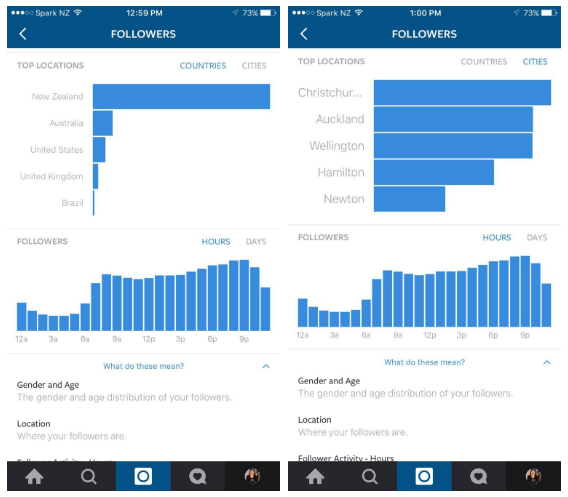After a first article focused on the objective definition, we are delighted to share our second one that will help you to pick the best KOLs for your brand! You can find our entire series “How to implement your KOL campaign?” in the DBL insights section of our website.
When doing a regular advertising campaign on Social Media, brands can target audiences by language, by location, by interests, and much more. Running a KOL campaign is very different, and here are our top recommendations to identify which KOLs are relevant to your objective!
KOL review
- Audience size
Make sure the number of followers of your targeted KOLs is consistent with your business target. For example, it doesn’t make sense to activate an influencer with 350K followers if your business audience is based in Hong Kong only. In fact, 350K already represents 5% of the Hong Kong population. Therefore, the geographic dilution risk of this audience is high and you may lose your time & efforts to reach non-relevant audiences based in other countries. - Audience quality
On Instagram, our experts apply the following check to control the authenticity of your influencer’s audience and avoid targeting fake followers:
– Account Engagement rate: You can quickly calculate the average engagement rate of your targeted influencer based on their most recent posts.
– Analyse the Followers vs Following ratio: It is suspicious if your influencer follows thousands of other profiles.
– Post Engagement: Compare likes and comments. It is unusual if a post gets thousands of likes yet no comments.
– Post Engagement evolution: Check the engagement for several posts to make sure there is no dubious peaks. - Demographic
Some influencers are using business accounts on Facebook or Instagram which provide relevant insights. Brands can request access to these insights and fine tune their influencer selection based on these data. - Content review
A content review of the influencer account is essential to ensure the brand is targeting to correct audience. Make sure to avoid the KOLs who are overusing generic hashtags relevant as well to other locations. Also, you might want to exclude influencers who are traveling too much. Some models that are on the road for months might have most of their audience based in the previous destinations. Finally, please ensure that none of your competitors did activate the same influencers a few weeks earlier. You can also ask the influencer if none are planning on doing so.
KOL profiles
We can regroup the influencers in 3 main categories, but we will not provide any suggested audience range per category. This is because these ranges always differ in different locations. For instance, the audience range of a micro-influencer is largely different in Hong Kong and in China.
- KOLs: Individuals gathering an audience of 100,000+ followers.
- Celebrities: To be honest, we are not experts in celebrities but you might want to check this link https://goo.gl/tv3C2D
- Micro KOLs: This category is probably the most interesting and the most trendy one nowadays. “Long-tail” KOLs strategies of brands focusing on multiple small audiences are extremely powerful.
Our take on Micro KOLs
A general formula in digital marketing is that high targeting usually goes with high quality and high engagement. To make an SEO analogy, a long-tail SEO keywords strategy drives highly qualified search requests. For emails, a well-segmented email database drives better opening rates and click rates. KOLs marketing works on the same way!
A “micro-influencer” has more trust from his/her audience, gets more engagement, drives a more local impact, etc. All of these bring a better ROI for the brand! One more good news about “micro-influencers” is that many of them are not working with brands professionally. Hence, they are most of the time out of the scope of PR agencies. They are also much more willing to engage in win-win collaborations rather than cash-based collaborations.
At this stage, you probably think that a “micro-influencer” strategy is the most relevant solution for your brand, however, there is one major con to this: it’s much more time-consuming! Identifying and dealing with 20 or 30 independent “micro-influencer” takes much more than signing a cheque to a celebrity or a normal KOL. Lucky for you, this is what we do and here are some tools to help you.
- http://keyhole.co/: startup / freemium
- http://spread.it/: brands / affordable
- https://sysomos.com/, https://www.synthesio.com/product/profiler/: big corporates / expensive
The next article will be detailing the best practices to activate your pool of influencers and get a successful campaign: https://digital-business-lab.com/2018/06/influencer-activation/



